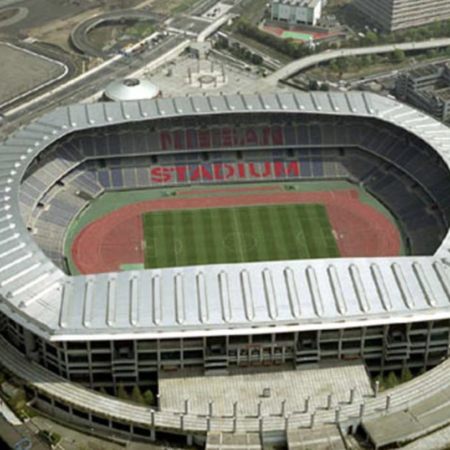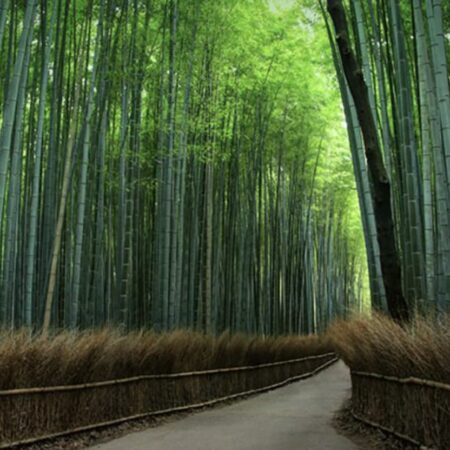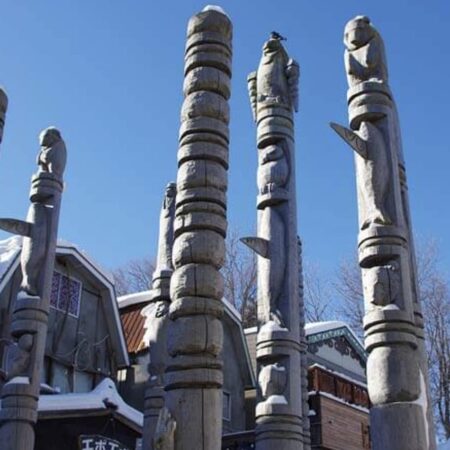Tokyo

Information
Tokyo, the capital of Japan, is one of the largest cities of the world with a population of 12.64-million and is the biggest of the 47 prefectures throughout Japan. The average temperature in Tokyo is 16°C (61°F), August being the hottest and January the coldest. There’s about 20°C difference between summer and winter. There are four distinct seasons, mild spring and fall, hot summer, and winter with a few snowfalls. It seems that the hotness in the summer is more of a problem than coldness in the winter, for most of the foreign people who come over to Tokyo. In the summer of 2004, the temperature went record high up to 42.7°C (109°F) in the middle of Tokyo (Adachi ward), and days over 30°C (86°F) continued for 40 days.
Access
Once thought to be a city too far out of reach, Tokyo has never been more accessible. If you’re coming from somewhere far away, you will almost certainly fly into Narita Airport in the neighboring prefecture of Chiba, or into the more centrally located Haneda Airport. But air travel isn’t the only way to get to Tokyo. If you’re coming from elsewhere in Japan, you have plenty of other options: the shinkansen (bullet train) and other express trains, long-distance buses, and ferries.
5 MUST-SEE spots
Imperial Palace

When you come to the Imperial Palace, the Imperial Palace East Garden / Gaien, the hustle, and bustle of the city center seems to be beyond your dreams. Located in the heart of Chiyoda Ward, this quiet green oasis with a total area of 1.15 million meters is just a 10-minute walk from Tokyo Station and the Marunouchi financial district, which is lined with skyscrapers. The Imperial Palace, built on the site of Edo Castle, became a permanent resident of the Emperor in 1869. The interior of the palace is a little visible during special occasions and you can’t step into it, but the beautifully landscaped gardens, with its beautiful surrounding lawns and pruned plants, create a beautiful and noble atmosphere. increase.
Asakusa

The town of Asakusa, which flourishes on the banks of the Sumida River, is characterized by a wide variety of fun gathered in the area centered on Sensoji Temple, which is familiar with Kaminarimon. Take in the scenery along the river, or stroll along the streets lined with shops and souvenir shops. The retro theme park “Asakusa Hanayashiki” and the water bus stop are all within walking distance.
Access
The Tokyo Metro Ginza Line, Toei Asakusa Line, and Tobu Sky Tree Line pass through Asakusa Station. The water bus pier is just a 3-minute walk from Asakusa Station.
From Haneda Airport: 1 hour 20 minutes by limousine bus or 50 minutes by train.
From Narita Airport: 2 hours 10 minutes by limousine bus or 1 hour 25 minutes by train.
From Shinjuku Station: At “Kanda” Station on the JR Chuo Line, transfer to the Tokyo Metro Ginza Line and head toward Asakusa. It takes 35 minutes.
From Tokyo Station: At “Kanda” station on the JR Yamanote line, transfer to the Tokyo Metro Ginza line and head toward Asakusa. It takes 20 minutes.
Shinjuku Gyoen

It was a samurai residence in the Edo period and was opened to the public in 1949 as a national park. It is a popular resting spot for people who want to enjoy nature in the city center.
Even though it is about a 10-minute walk from Shinjuku Station, it is a walking course with a pleasant green sidewalk and seasonal flowers. Instead of the hustle and bustle of the city, you can hear the voice of birds in the park.
Shinjuku Gyoen National Garden has three distinctive gardens: a Japanese garden, a formal garden, and a landscape garden, in addition to a spacious lawn and quiet grove. In spring, about 1,000 cherry trees dye the park pink. You can enjoy the beautiful autumn leaves in autumn. Various plants are planted in the gardens and greenhouses. Shinjuku Gyoen is a spot that you can enjoy regardless of the season.
Access
Shinjuku Gyoenmae Station Tokyo Metro Marunouchi Line Exit 1 5 minutes walk
Shibuya

Shibuya is a city that is always at the forefront of fashion and culture. You can enjoy shopping and gourmet food, or you can appreciate the art scene that sticks to your own style. It is also a valuable experience to get up close and personal with the fast-paced center of Tokyo at the scrambled intersection that continues to decorate overseas magazines. Why don’t you join the crowd of people flowing beyond the intersection?
The scramble intersection in front of Shibuya Station is one of the representative landmarks of Tokyo. The human waves that flow every time the signal changes and the many digital signage that the images flow at a loud volume are representative of Shibuya. It’s good to get lost in the crowds, but one way to enjoy Shibuya is to look down on this scene from a cafe on the upper floor of the building around the station.
Digital Art Museum: Epson teamLab Borderless

TeamLab Borderless is a “mapless museum” created by Art Collective TeamLab with a group of art without boundaries. Borderless art is about moving out of the room, communicating with other works, being influenced by them, and sometimes mixing. A world that is continuously connected by such works. Immerse yourself in the borderless art, wander and explore the complex, three-dimensional world of 10,000 square meters, and enjoy the experience of creating and discovering a new world with others.
Information
Time
10: 00-19: 00
Monday Tuesday Wednesday Thursday Friday
10: 00-21: 00
Saturday Sunday holidays
- Varies depending on the store / facility / floor
- Varies depending on the season and season
- Depends on the screening / exhibition schedule
- Admission is possible up to 60 minutes before the closing time
- Regular holiday:
- 2nd and 4th Tuesday
- There are temporary and irregular holidays.






